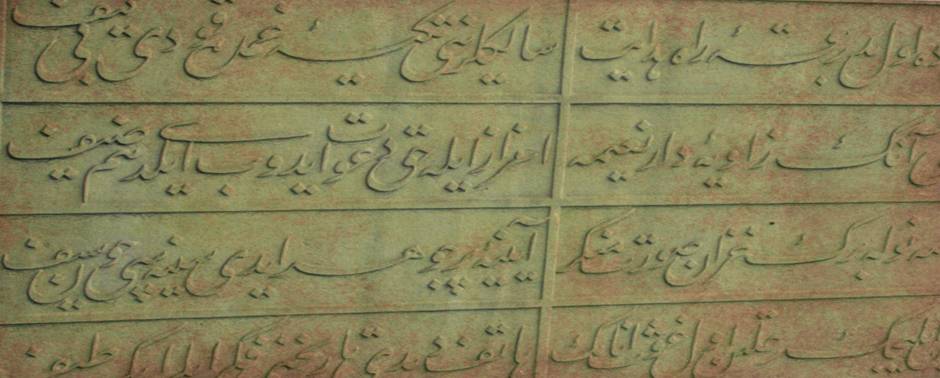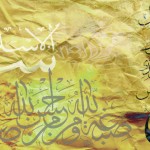Nashuhee Uskudari and three levels in tasawwuf
Nashuhee Uskudari was one the awliyas of Istanbul, in the 17th century. He belonged to the order of the Halwatiyya. He was born in Uskudar district of Istanbul in either 1647 or 1648 and passed away 1718.
From early age, his father showed special care for his education, he attended madrasa and studied tafsir, hadith and fıqh there. He also took lessons in science and literature. His teacher Karabash Ali Efendy suggested him to go to city of Mudurnu in Anatolia and preached there. For 11 years, he lectured people there about the halals and harams of Allah(j.j) and other disciplines of Islam. After that he returned to Istanbul and started living his dergah in Uskudar, kept to preaching people about every aspect of his religion.
He is known to reach three important levels in tasawwuf. These are Qutbiyyat, Ghawsiyyat and Fardiyyat.
Level of Qutbiyat means, in a broader term, the kind of awliya whose words are welcomed and approved by other awliyas. In ghawsiyyat level, the awliya is known to help “people of faith” and assist them for their needs, be it spiritual or mundane. Fardiyatt means “belonging only to Allah, not being under the guidance of another human being, being under the guidance of Allah(j.j) only.
He traveled to Kastamonu city in 1714. There he was welcomed in Halwatiyya and Shabaniyya circles. Kastamonu was an important city for the mutasawwuf during those ear in the Ottoman Empire. This is one of those cities where many sufi scholars are being educated and sufis of all kind from all over Anatolia come and meet there.
Apart from having good virtues and being keen on having good ethical manners, Nashuhee was only known to be fond of “halwat”. This spiritual phase is a special form of solitude in tasawwuf. During halwat phase, the sufi only deals with worshiping Allah(j.j) and cease to communicate with other beings and keeps to his own company.









You must be logged in to post a comment Login